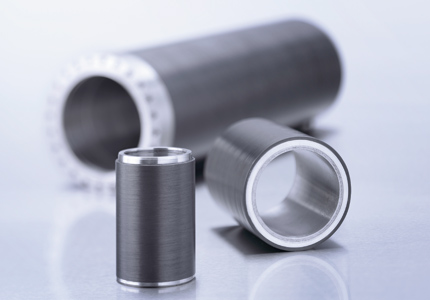You will find three main kinds of magnets – permanent, temporary and electromagnets. Of those three types, permanent magnets are the types an average joe is most acquainted with. A good example of perhaps the most common, everyday permanent magnet is usually a fridge magnet.
They are considered permanent because after they are magnetized they maintain their a higher level magnetism. It becomes an object made out of a fabric that’s magnetized and it creates a persistent magnetic field.
They could be made in nearly all possible shape. A good magnet should make a high magnetic field with a low mass. Furthermore, while you are trying to find qualities of a good over unity magnetic you want to ensure that it can be stable against the influences that will demagnetize it.
There are numerous of different sorts of these every type has different characteristics and properties. What differentiates these includes:
• How easily they are often demagnetized
• How strong they are
• How their strength changes with regards to the temperature
Sorts of permanent magnets include:
• Neodymium
• Samarium-cobalt
• Alnico
• Ceramic (also referred to as ferrite)
Neodymium and samarium-cobalt are classified as rare earth magnets. Rare earth magnets make the largest magnetic flux together with the smallest mass. These are typically recognized for is the strongest of all permanent magnets and so are hard to demagnetize.
Alnico’s name comes from its components. Alnico is constructed of aluminum, nickel and cobalt. This kind will not be easily affected by temperature, however it’s easily demagnetized.

Finally, ceramic or ferrite magnets are perhaps the most popular type, mostly because of their flexibility. They are flexible and frequently thin, and therefore they are often bent and moved in a number of different ways, which makes them excellent selections for marketing and advertising purposes. They are fairly strong and never easily demagnetized, nonetheless strength will vary according to the temperature.
The uses of permanent magnets vary greatly, including:
1. Mechanical applications rely on the attractive and repelling force of the magnet. Such applications include:
• Magnetic separators & holding devices
• Torque drives
• Bearing devices
2. Electrical energy applications depend upon while using the magnetic field to change mechanical energy into electric power. Such applications include:
• Generators and alternators
• Eddy current brakes
3. Mechanical energy applications count on while using magnetic field to transform electrical energy to mechanical energy. Such applications include:
• Meters
• Motors
• Speakers
• Relays
4. Applications that are meant to direct, shape and control electron and ion beams. Such applications include:
• Ion Pumps
• Cyclotrons
• Cathode-ray tubes
Permanent magnets would be the well known and are also found in a range of products and environments. When choosing these you wish to consider its strength, performance in temperature and unique easily demagnetized.
More details about N52 Magnets browse our web page.
